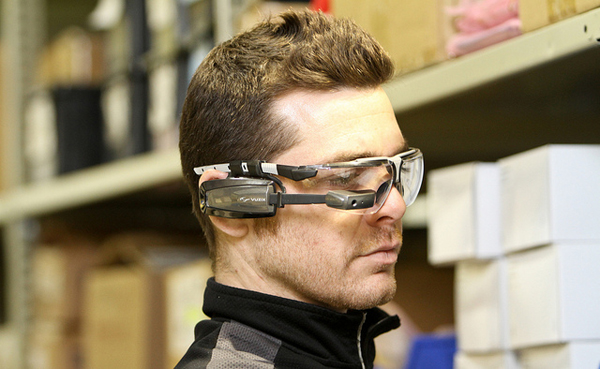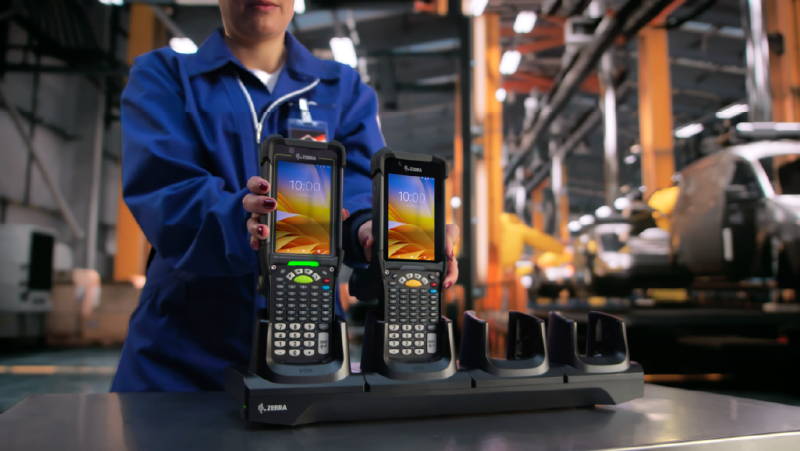Boom of Augmented Reality?
- Trends
- Article
Similarly to every new technology, the augmented reality is connected with numerous myths and unanswered questions. It might be surprising but answers to many of them have been known since a long time already. The augmented reality has been employed as a technology since the WWII.
Forerunner of augmented reality as we know it today is so called HUD display from ground attack aircrafts. The first experiments started during the war already, the technology became widely used in the sixties. Transparent glass displaying additional information from radar to a pilot received its standard in 1975, and as of today we can find it not only in aeroplanes, but also more and more often in cars, where the HUD (or head-up) displays show current speed and navigation instructions.
Glass at Work
In relation to the boom of mobile devices and on-going trend of miniaturization experiments with augmented reality have begun also in other areas. IKEA tried publishing its product catalogue as a mobile application, which showed 3D models of furniture in your living room, and Google introduced its Glass during a grand show, a device that should have changed the world. Principle of smart Google Glass is simple. It is a mobile phone in fact, worn on head and controlled by user voice. A small cube in front of eye works as a display and the picture is projected on it. However, Google has never released its Glass to market. It was available since 2013 within the so-called Explorer program, but it ceased to exist this year. Officially, Google shall continue with the Glass at Work project, however nobody knows what it means.
This may be considered a failure, but at the same time we can demonstrate why no one wears smart glasses, just the sun or dioptrical ones. The fundamental drawback of Google Glass, as well as of any other currently available smart glasses, is its battery capacity. When used in real life such battery can be easily discharged in 2-3 hours, and it is absolutely insufficient. Further problems are sporadic overheating and general low quality of miniature displays.
Smart glasses and their impact on cognitive capabilities
Legal and health consequences are no less important. Some states in USA e.g. are discussing whether it is possible to wear such device when driving, or whether its usage is as dangerous as using mobile phone in car. Numerous research teams are also investigating health consequences of smart glasses longer usage. The questions are e.g. what will be the reaction of eyes after watching so close display for a long time, or how do such devices influence cognitive capabilities of a man.
We can, definitely, expect quite new devices in the near future, which would eliminate all above mentioned problems. Google is busy preparing its brand new, professional Glass at Work, meant for an enterprise user; Microsoft is going to come with its holographic HoloLens glasses soon; other companies are developing similar devices too. As soon as battery capacity and comfortable wearability is solved, the reality will be only augmented.
Share article
Top stories from logistics, production and IT.
Subscribe to Aimtec Insights
By registering, you agree to the processing of your personal data by Aimtec as described in the Privacy policy.
Get top stories and articles
from Logistics, Production and IT.
Subscribe to Aimtec Insights
By registering, you agree to the processing of your personal data by Aimtec as described in the Privacy policy.







